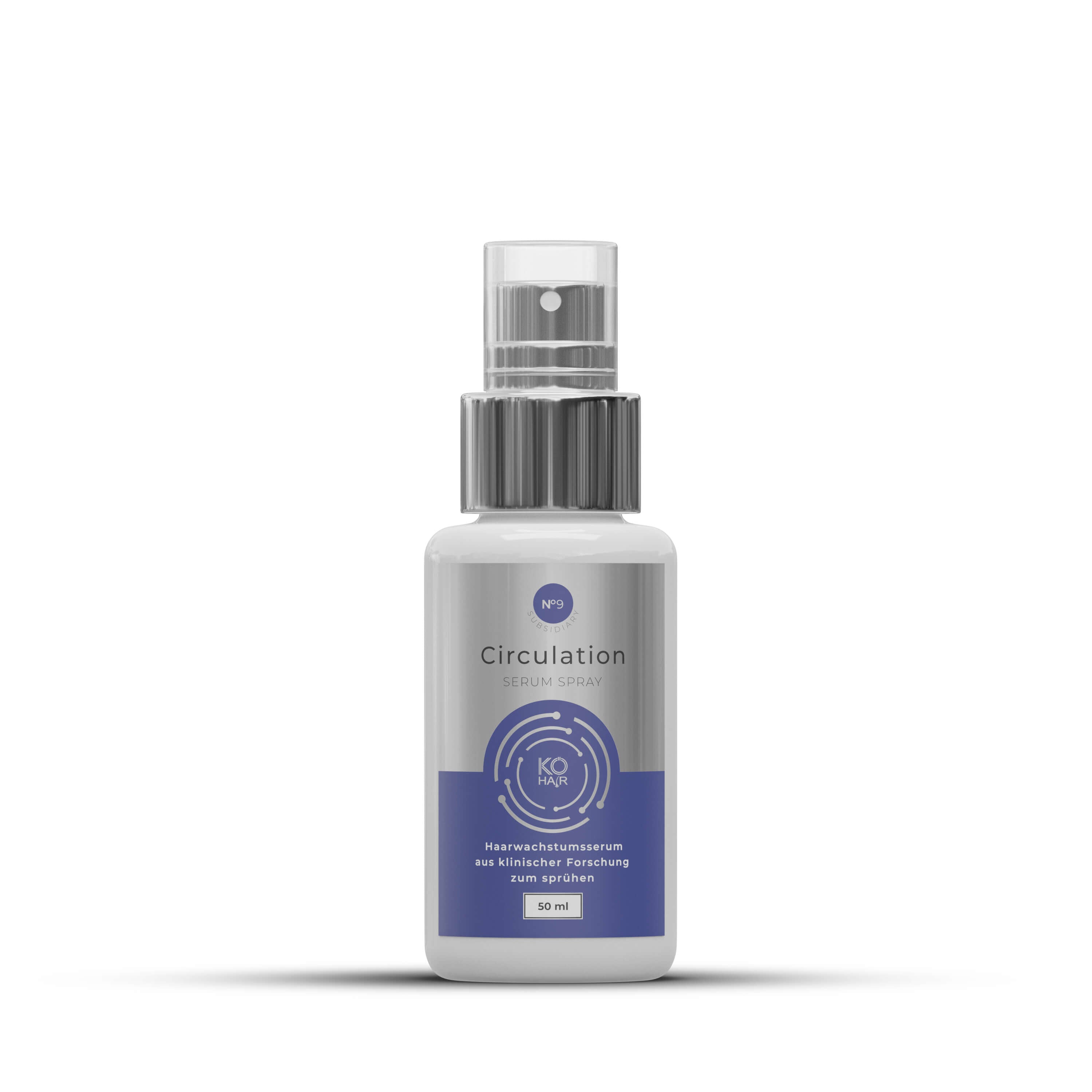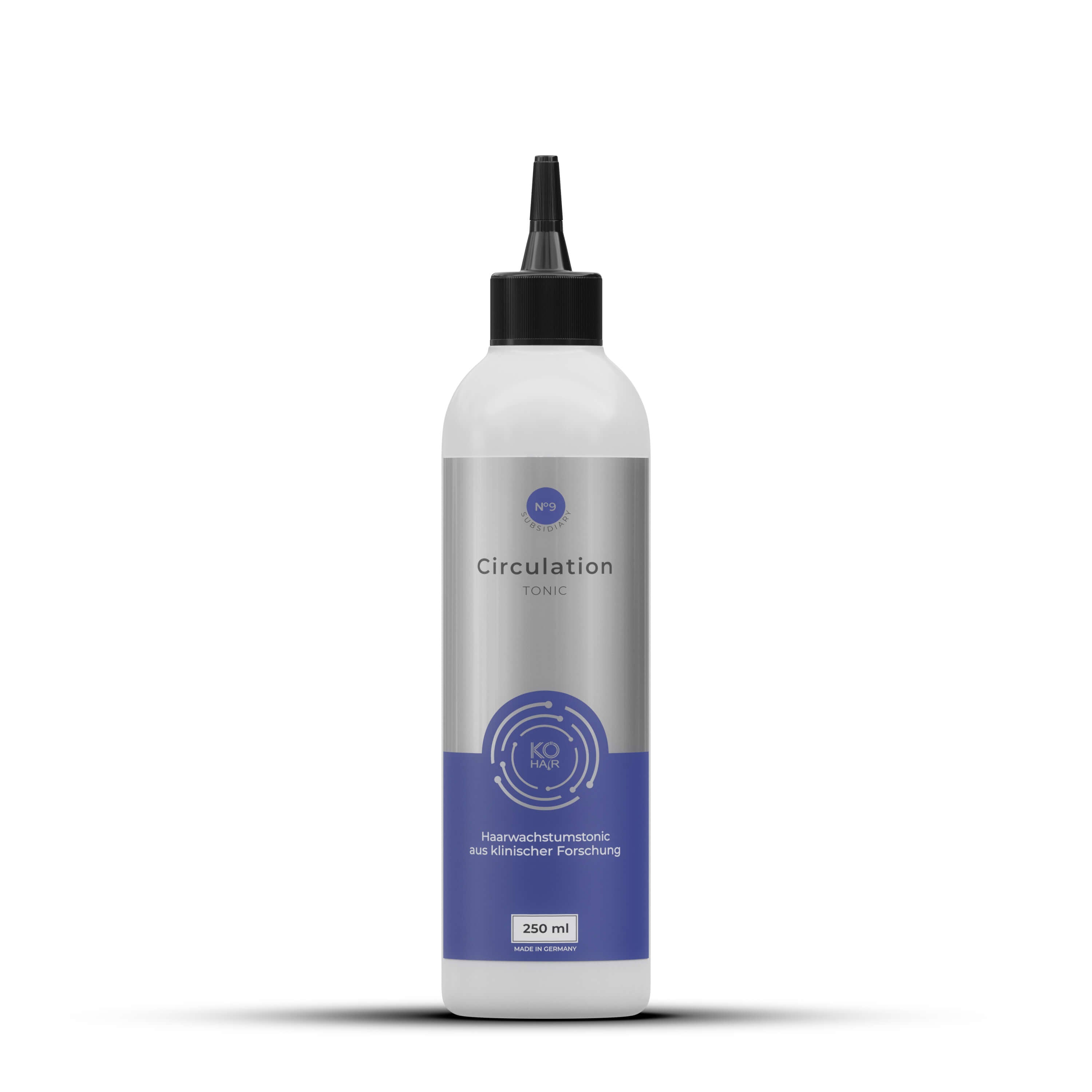
Temple Hair Loss Women Symptoms, Causes & Treatments
Discover the variety of products to combat receding hairlines in women from KÖsmetik. Order products and remedies for a receding hairline for women now!

Hair Loading Capsules

Circulation Serum Spray

Growth Circulation Shampoo

Circulation Tonic


Inside-Out Bundle against hair loss

Anti Hair Loss Quartet for Women
PERFECTLY COORDINATED BUNDLES AGAINST HAIR LOSS

Anti Hair Loss Quartet

Basic Bundle Anti Hair Loss

Anti Hair Loss Power Bundle

Inside-Out Bundle against hair loss


last seen
Determine your risk of hair loss
Find the optimal care for your hair with our precise risk analysis. Adapted to your individual situation, we support you in the prevention and treatment of hair loss. Start your personal hair health journey now.


KÖ-HAIR CLINIC
For over 20 years, thousands of patients have trusted our expertise. With the KÖ-HAIR Redensyl products, we bring this experience directly to your home – for healthier, stronger hair.
